.

A village street, Ponce
Song 3
There was still no central heating
in the tenements
We thought that the cold was
the oldest thing on the planet earth
We used to think about my Uncle Listo
Who never left his hometown
We’d picture him sitting around
cooling himself with a fan
In that imaginary place
called Puerto Rico.
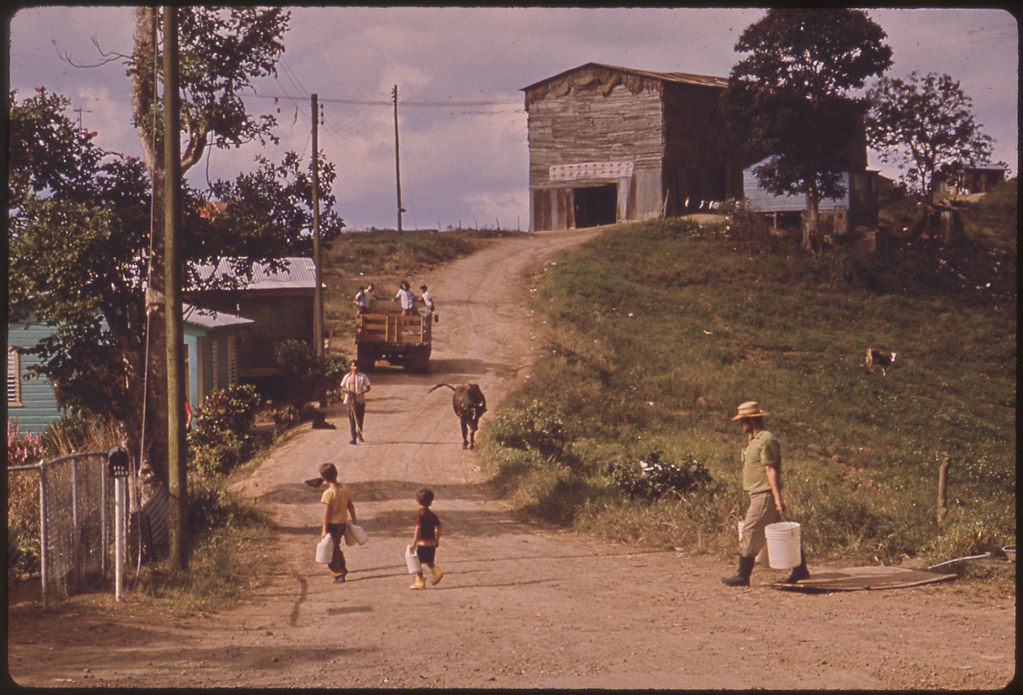
Mountain farm, Ponce

Mountain area, Ponce, Puerto Rico
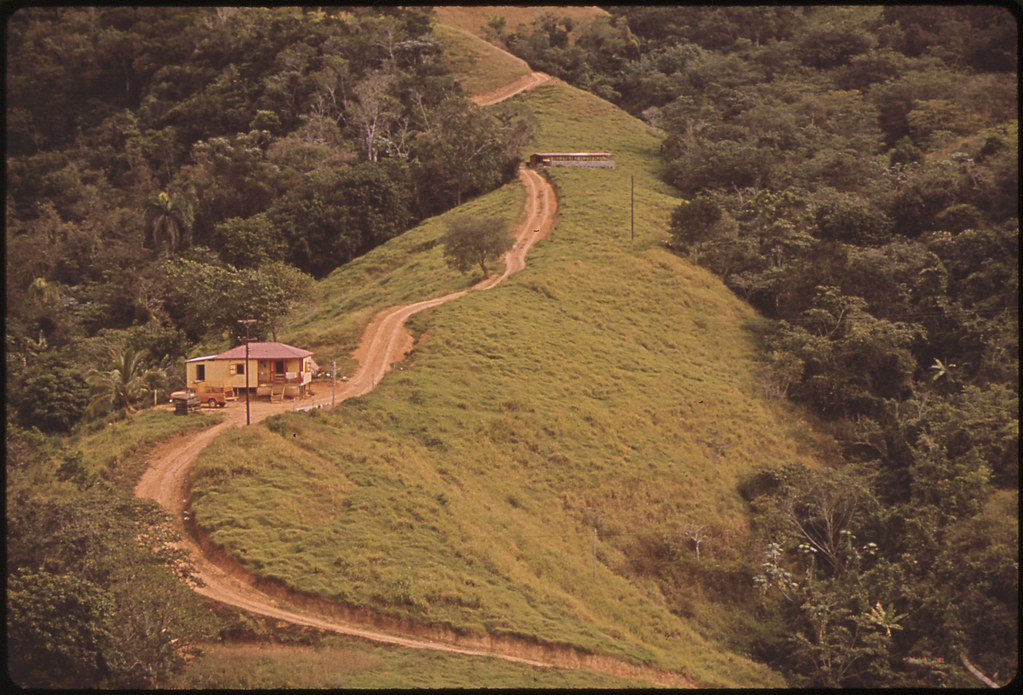
A mountain farmhouse

Father and son fill their containers at the community water pump, mountain farming area, Ponce

Wild flowers, mountain area
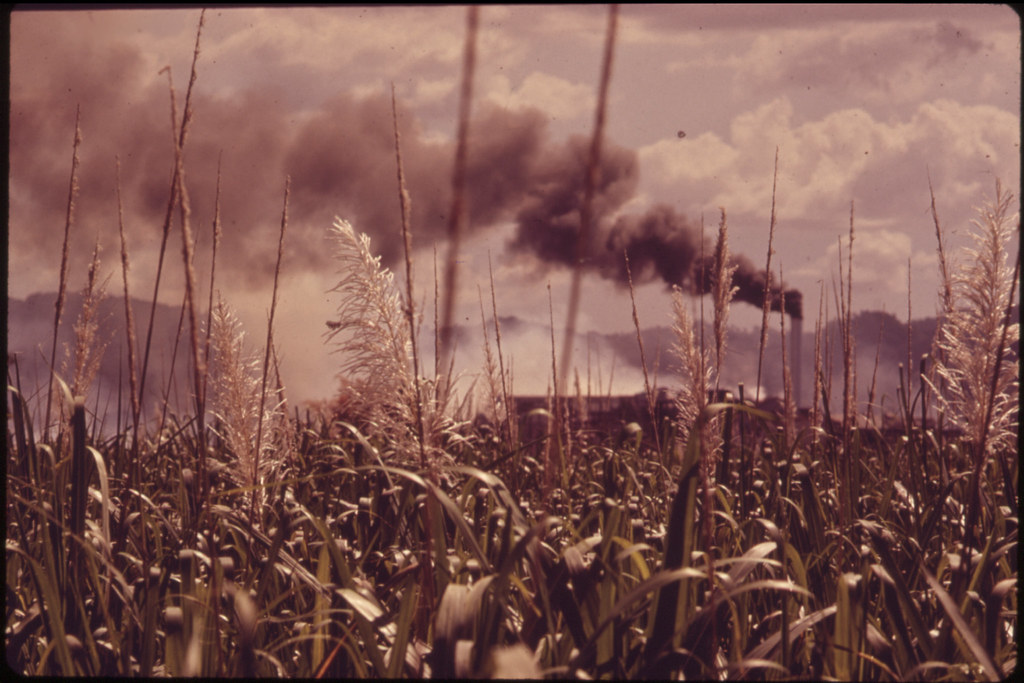
Sugar cane field and refinery, Ponce
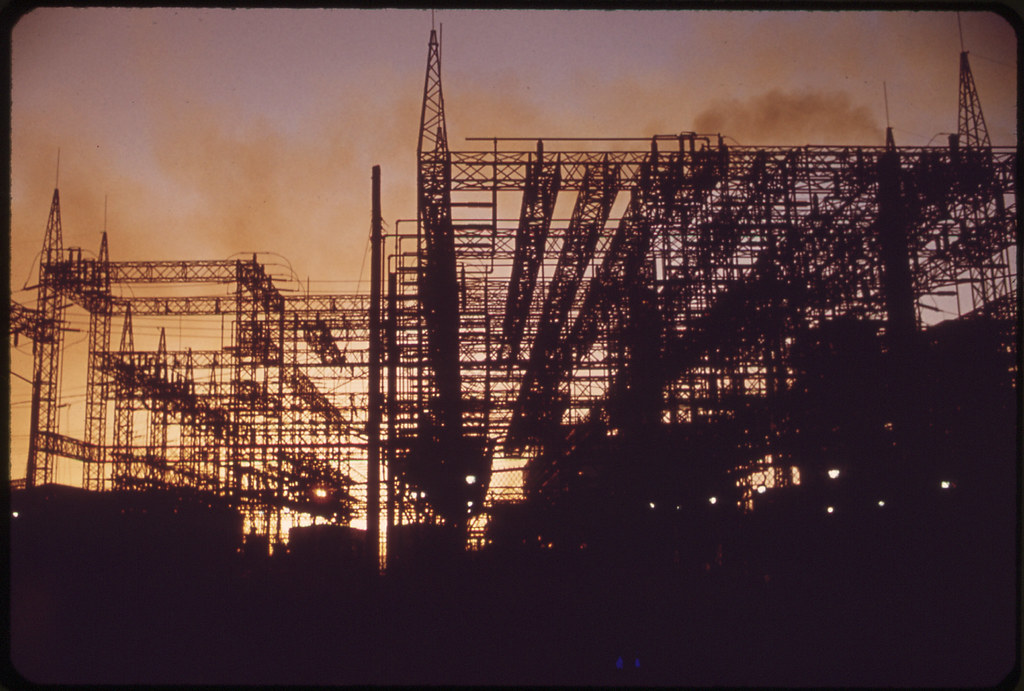
Petrochemical plant in coastal area, Ponce

Oil refinery in the sunset, Ponce
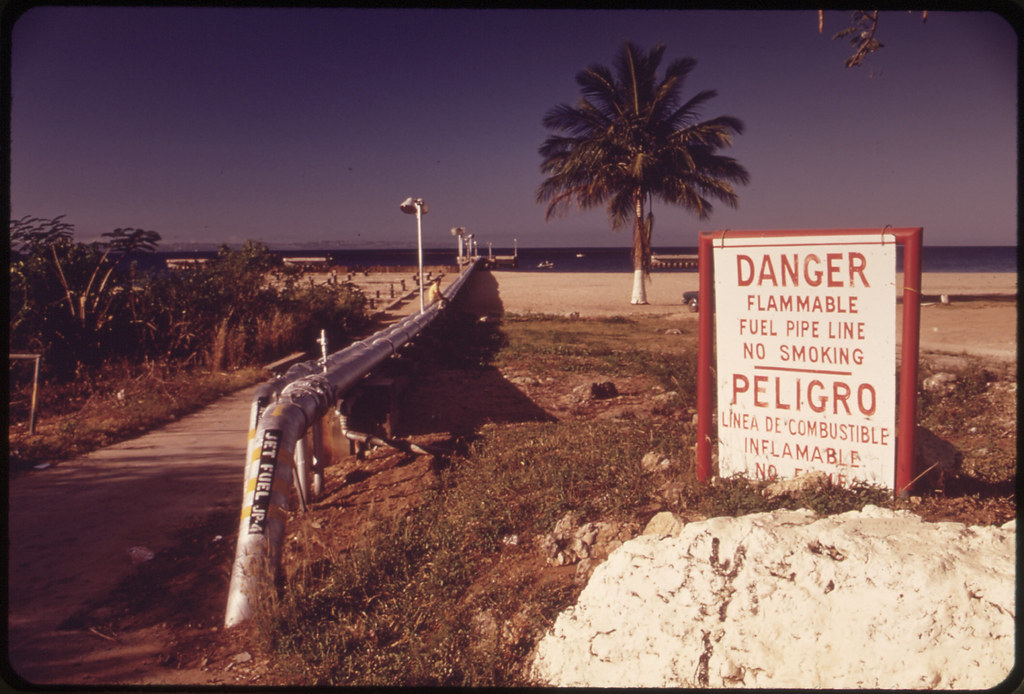
Oil pipeline on the beach
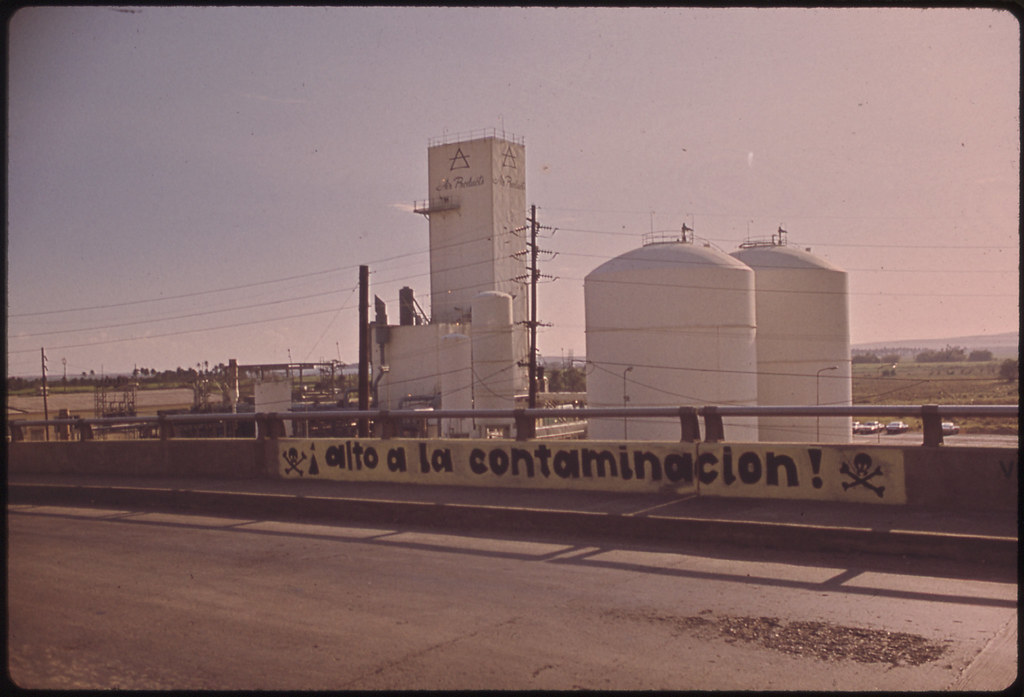
Sign on bridge near PPG plant protesting air pollution, Ponce

Luquillo Beach condominium, San Juan
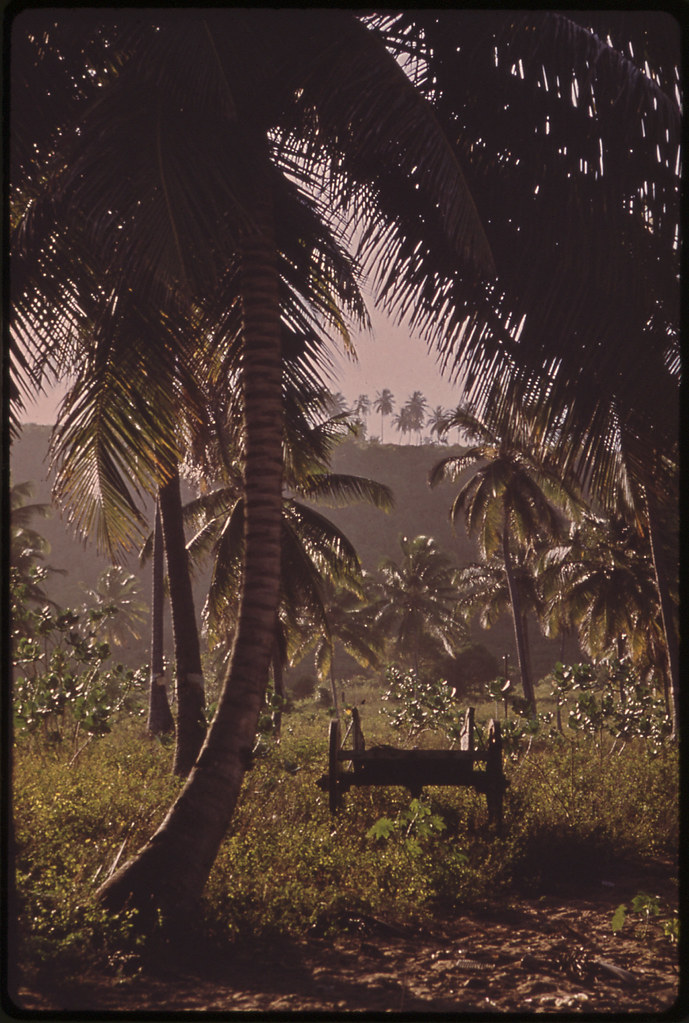
On the coast

Bayamón housing development, San Juan
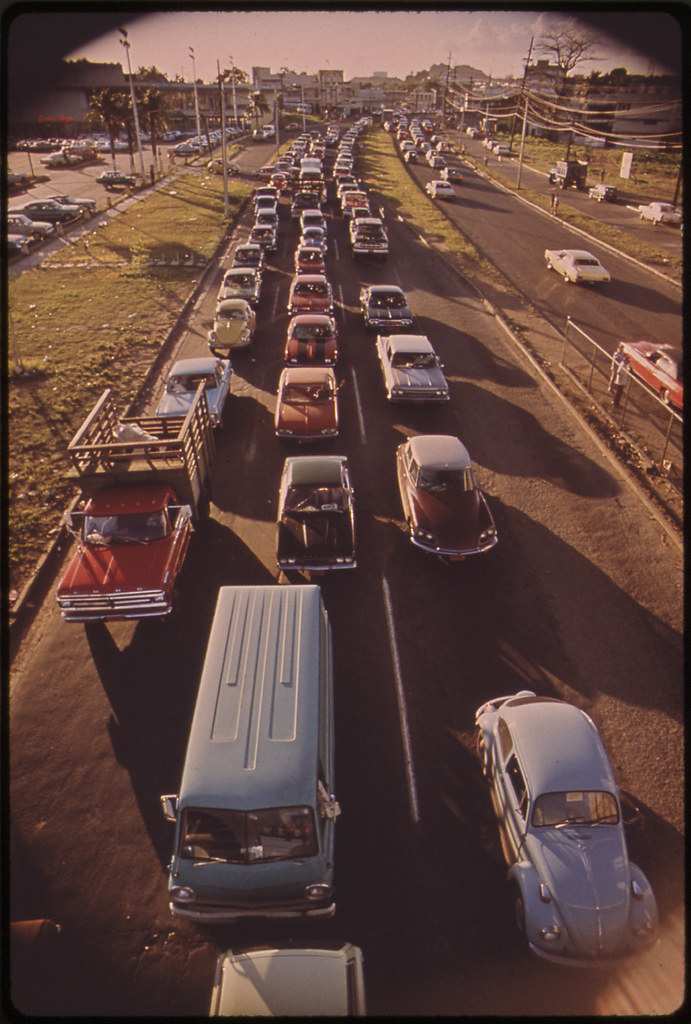
5 P.M. traffic on Route 2 in Bayamón
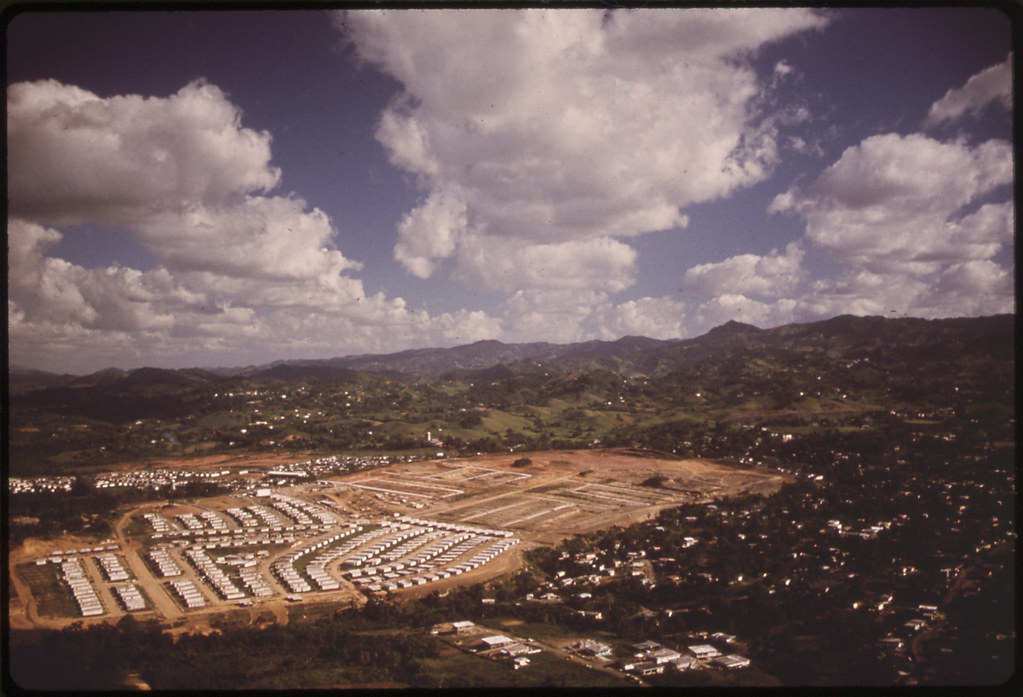
Bayamón housing development, San Juan
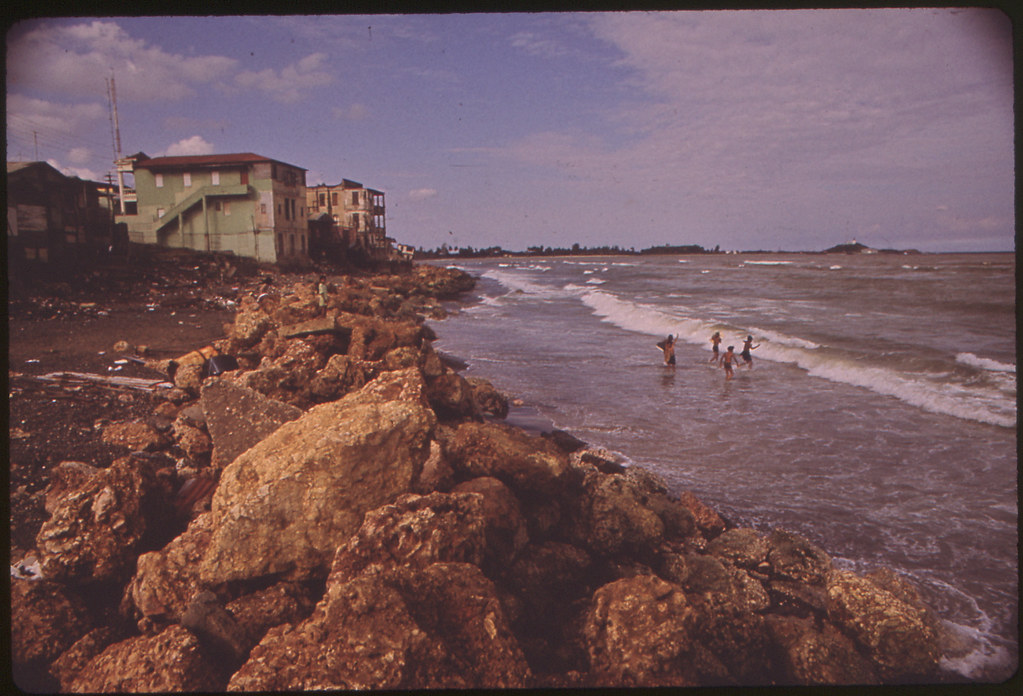
Atlantic Beach, Arecibo
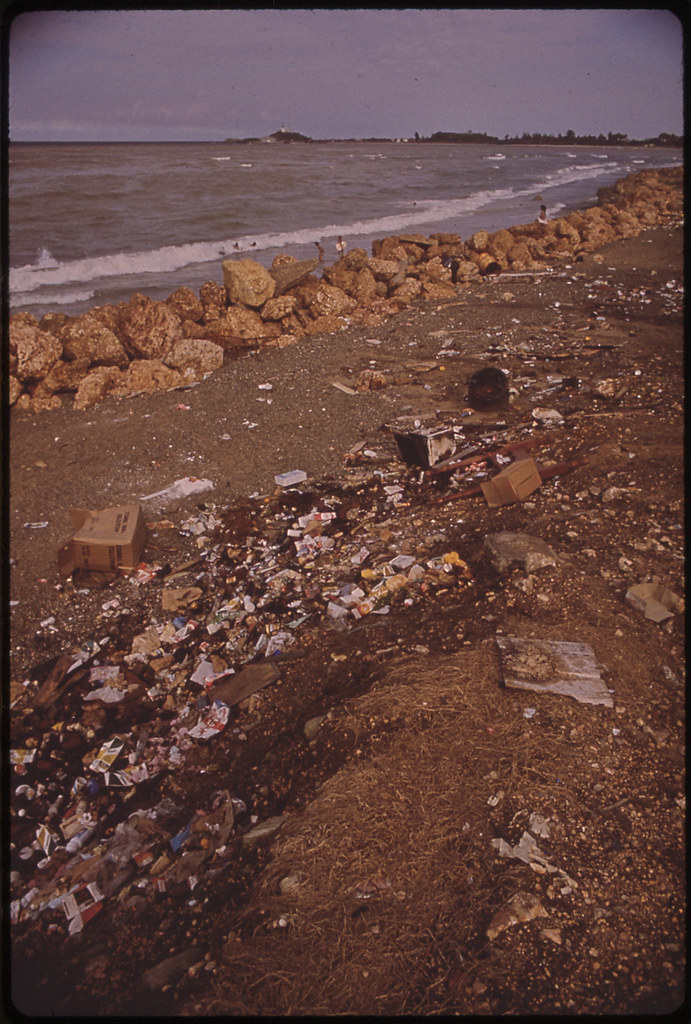
Garbage-strewn Atlantic beach, Arecibo
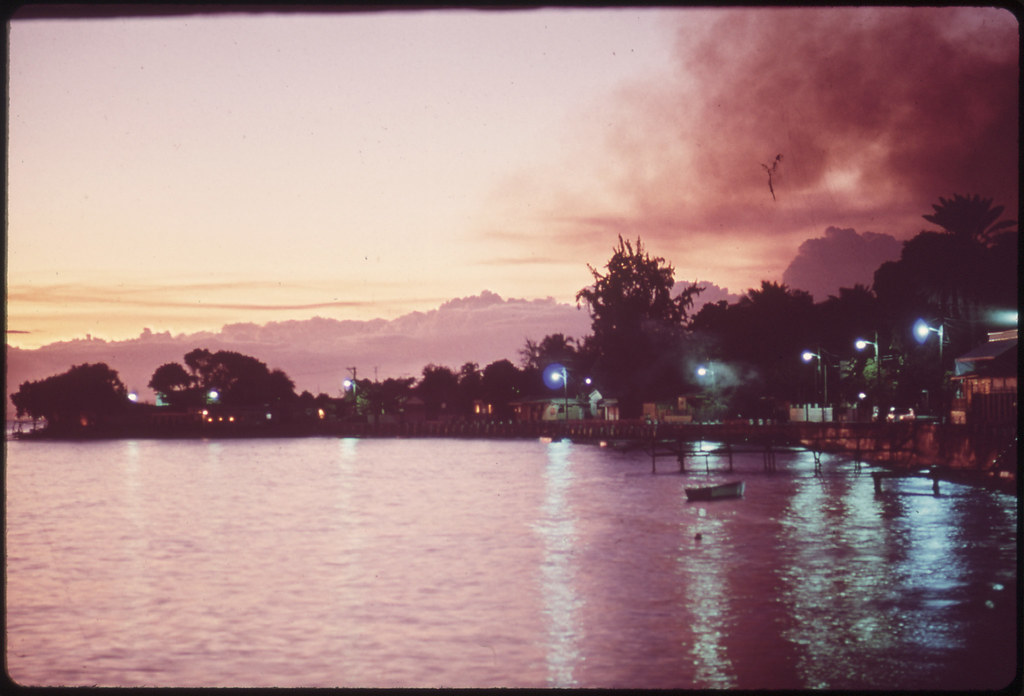
Caribbean coastline, Santa Isabel, Guayama
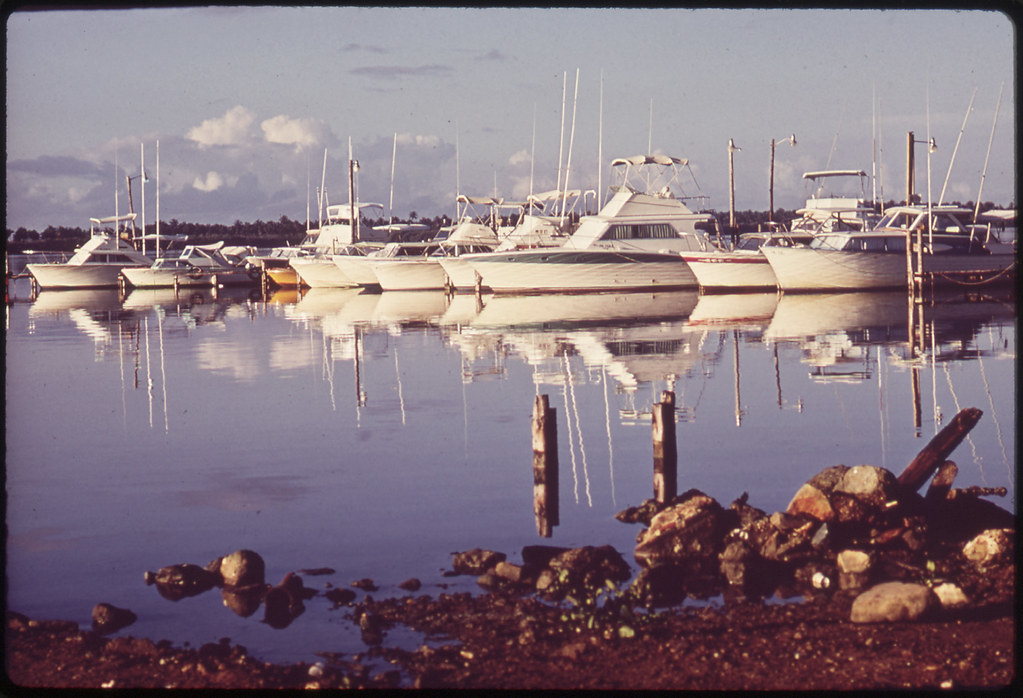
Caribbean harbor outside Salinas, Guayama
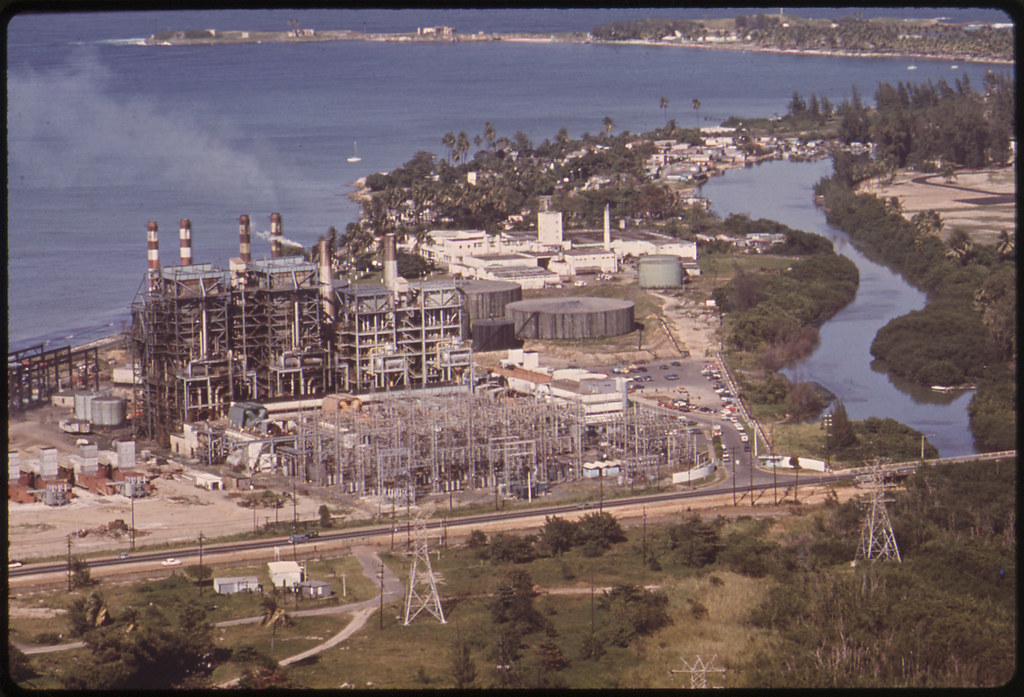
Industrial area, San Juan
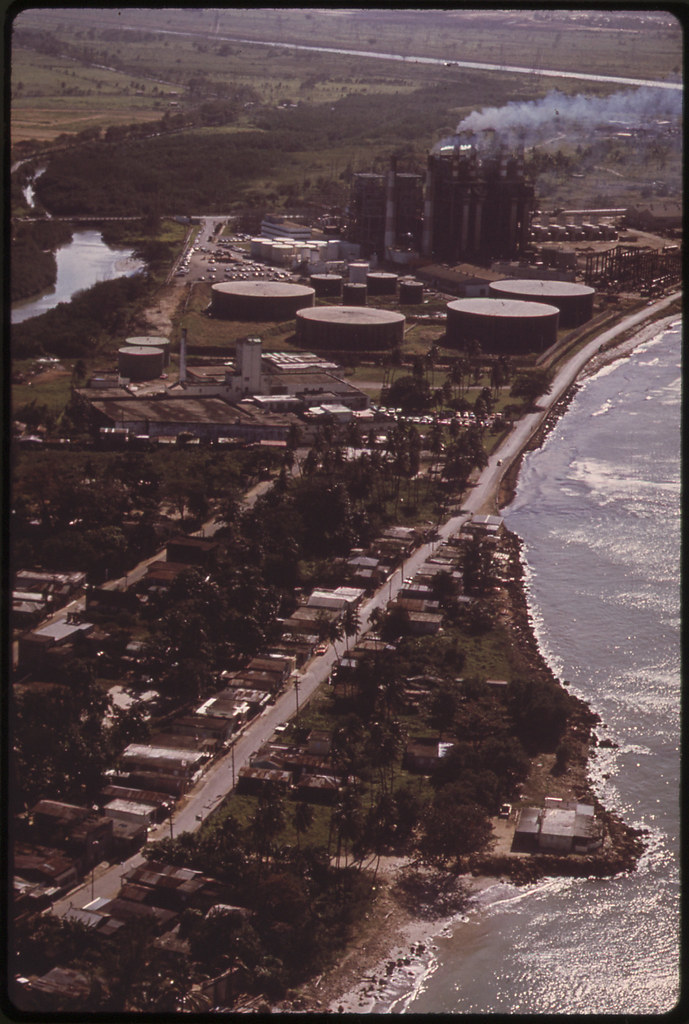
Industrial area, San Juan
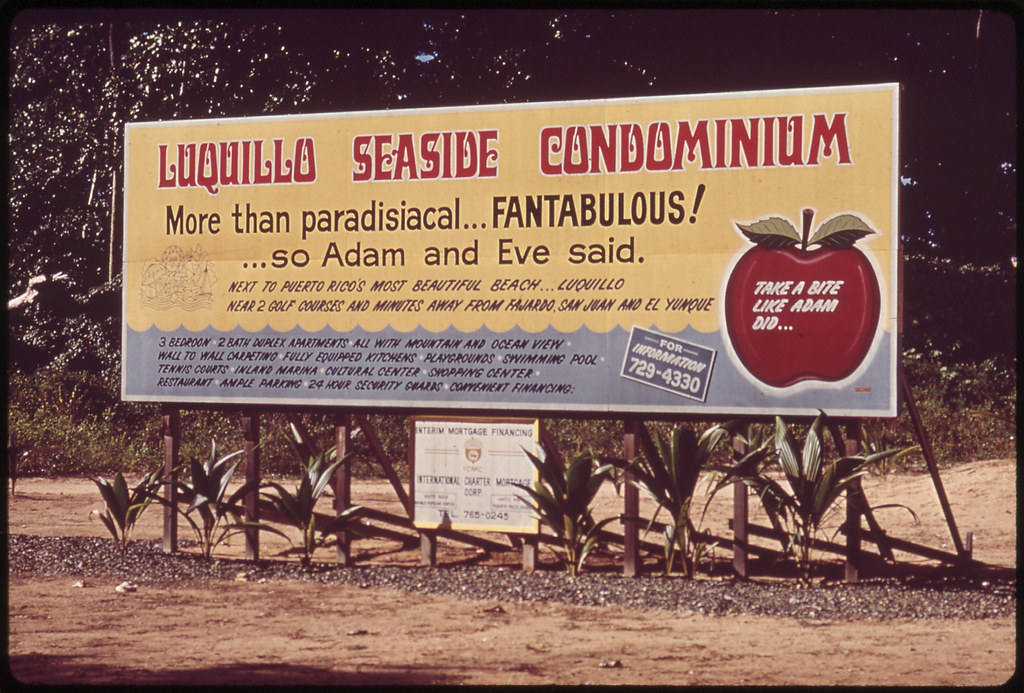
Luquillo Beach, San Juan
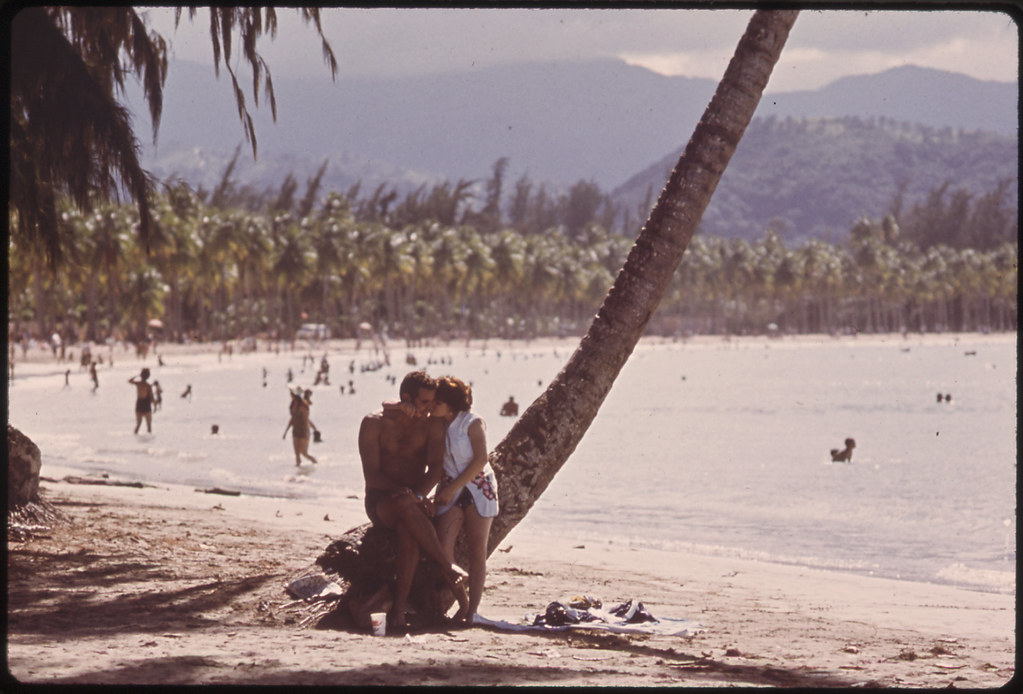
Luquillo Beach, San Juan
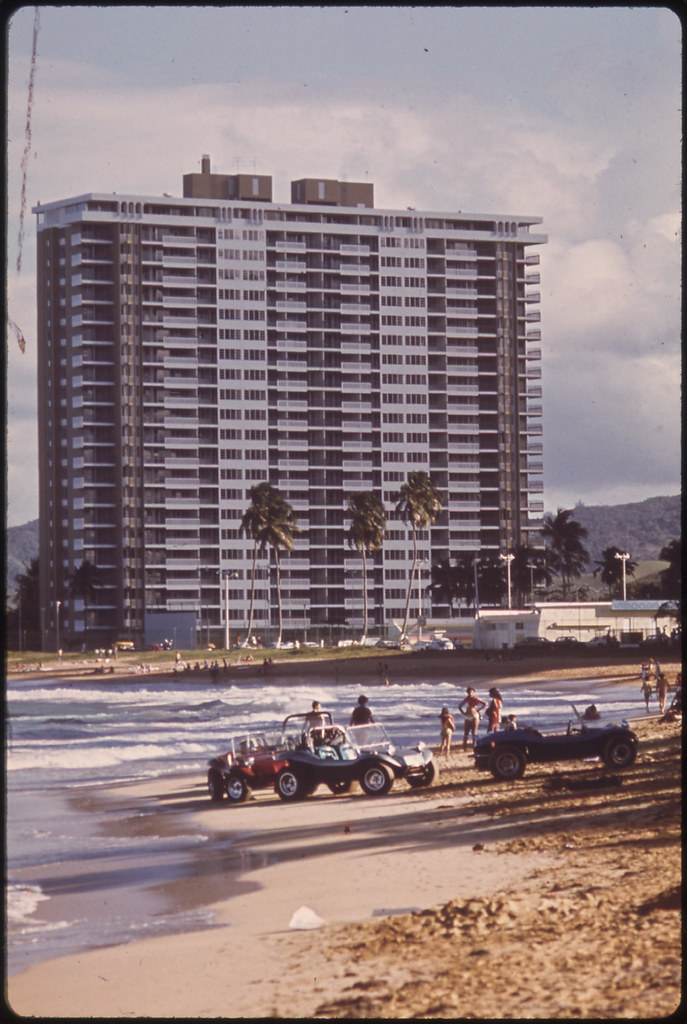
Luquillo Beach, San Juan
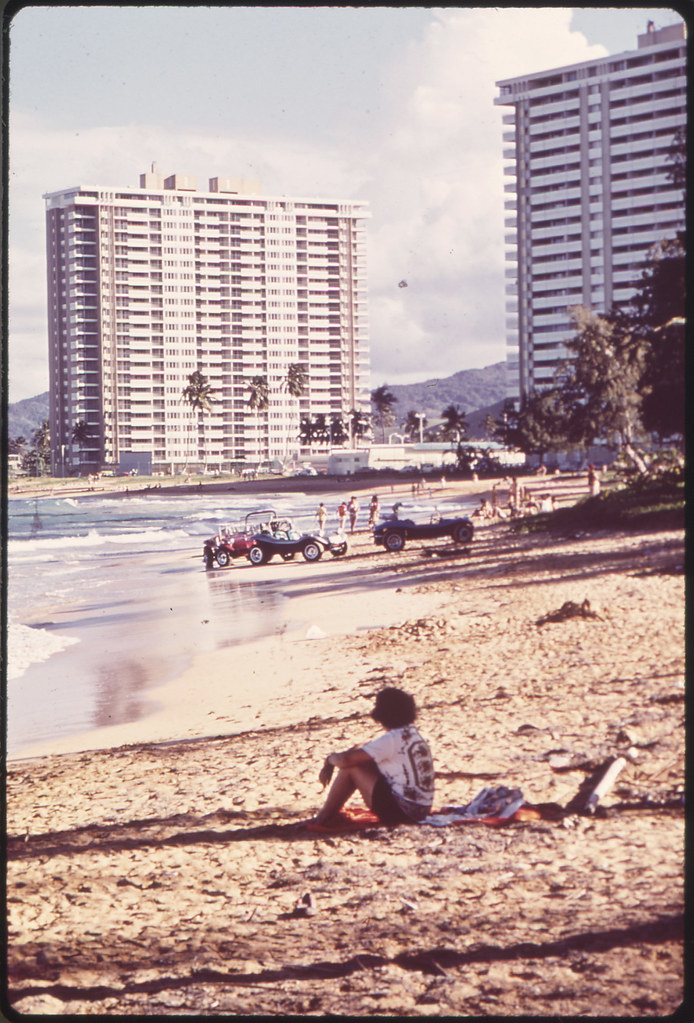
Luquillo Beach, San Juan
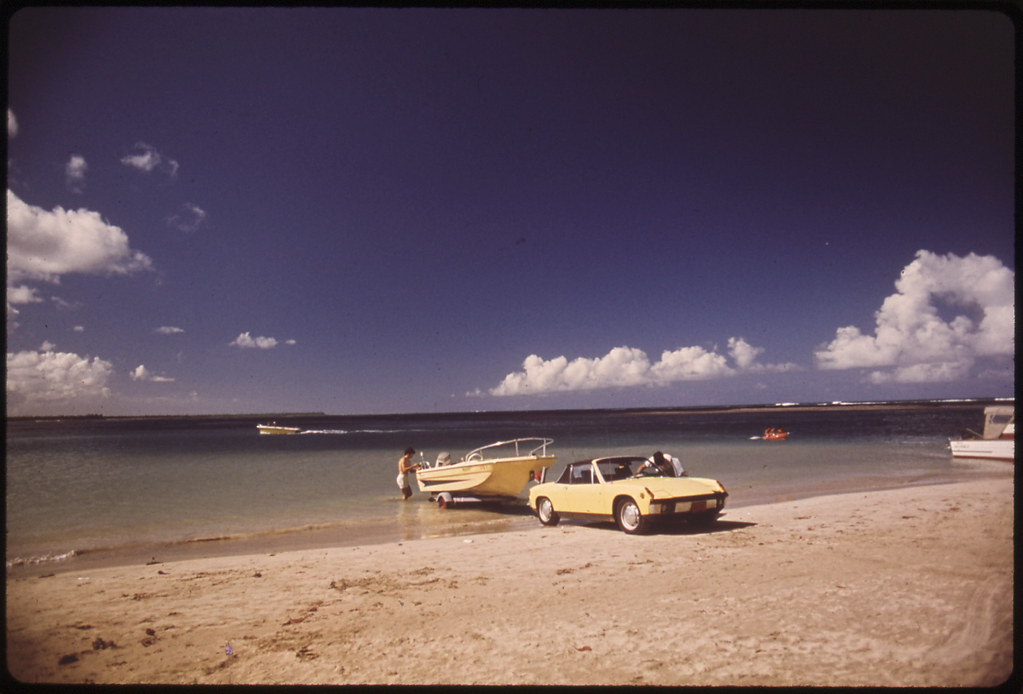
Boat launching from Luquillo Beach, San Juan
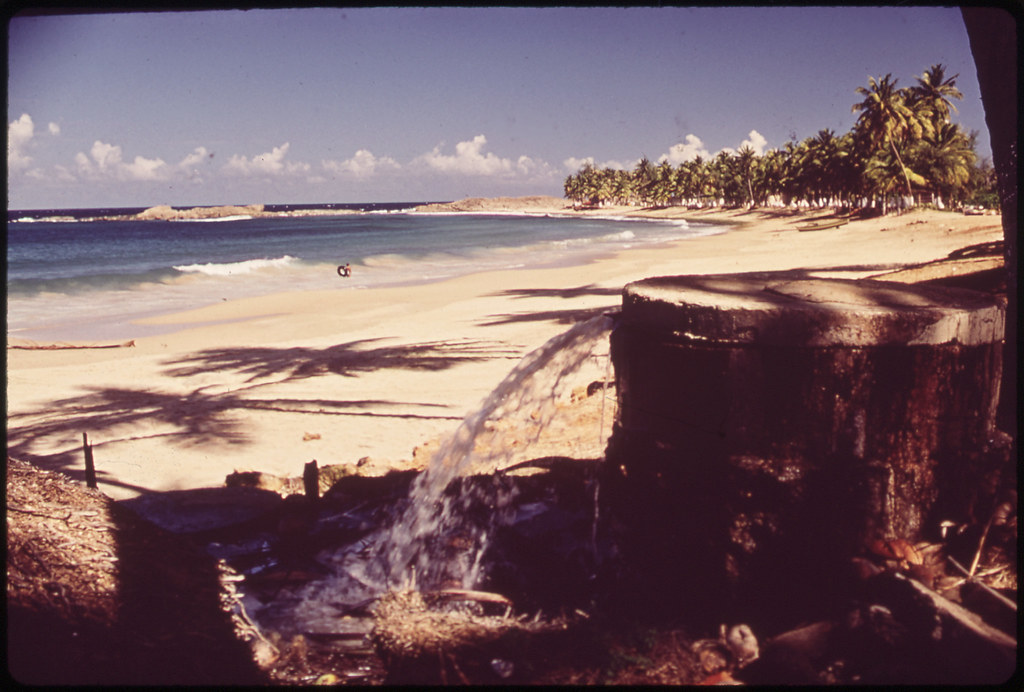
Mayagüez-Aguadilla, Puerto Rico
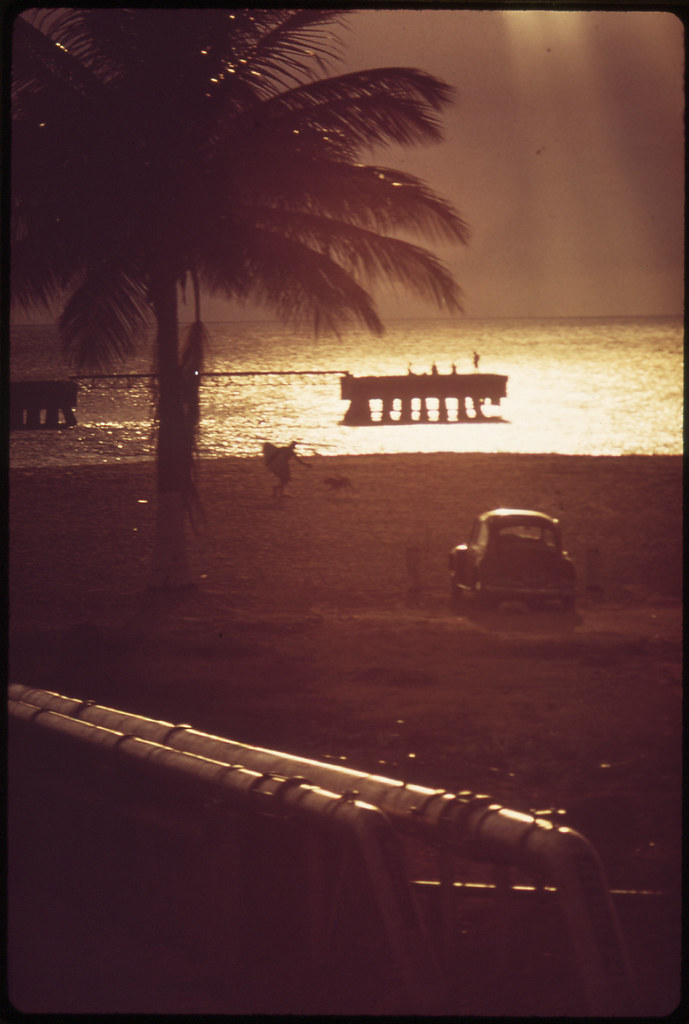
Fishing from the dock at Playa de Playuela, Mayagüez
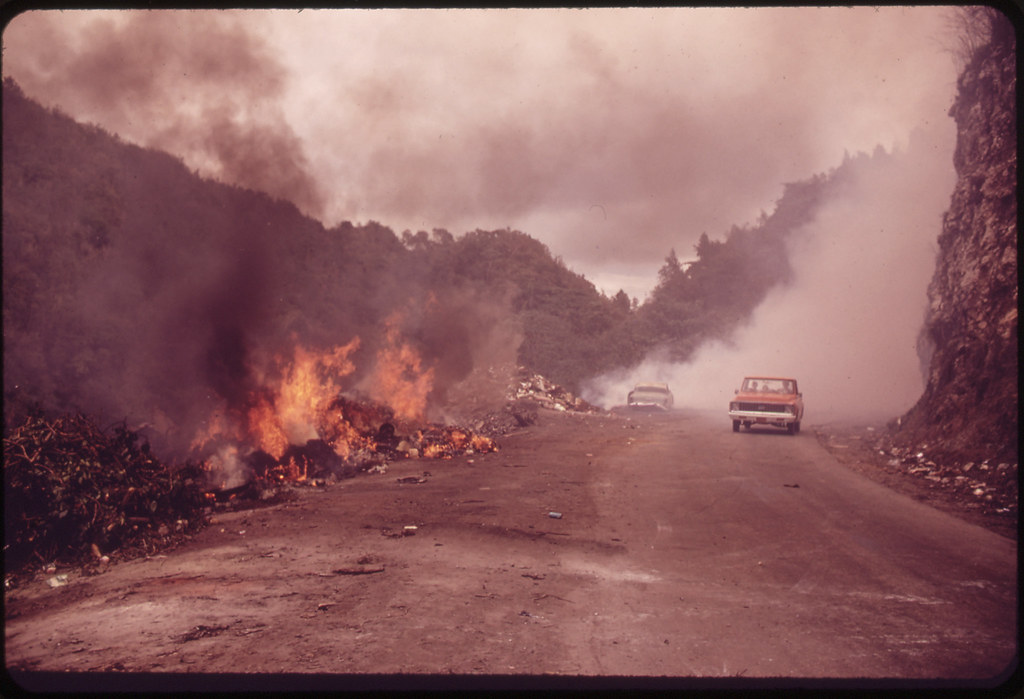
Burning garbage at an open dump on Highway 112 north of San Sebastian, Mayagüez
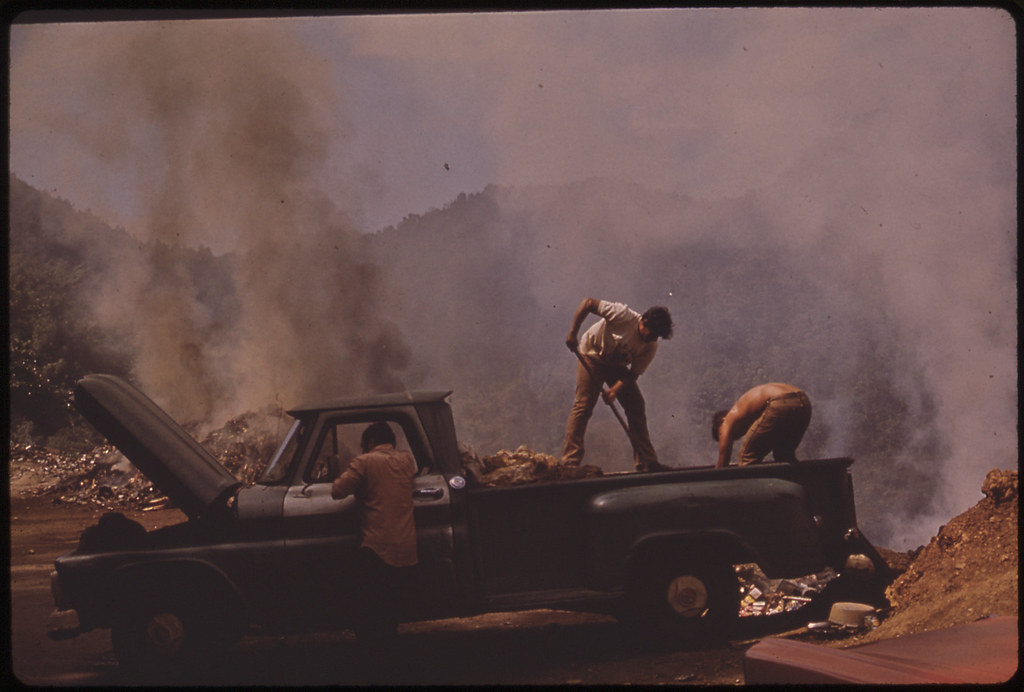
Burning garbage at an open dump on Highway 112 north of San Sebastian, Mayagüez
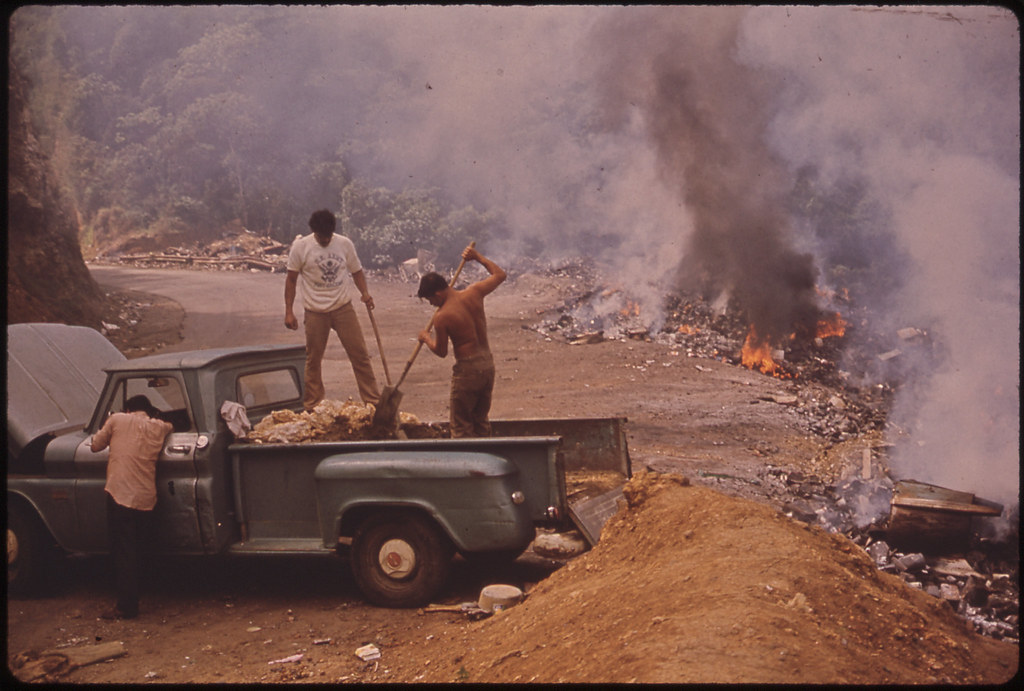
Burning garbage at an open dump on Highway 112
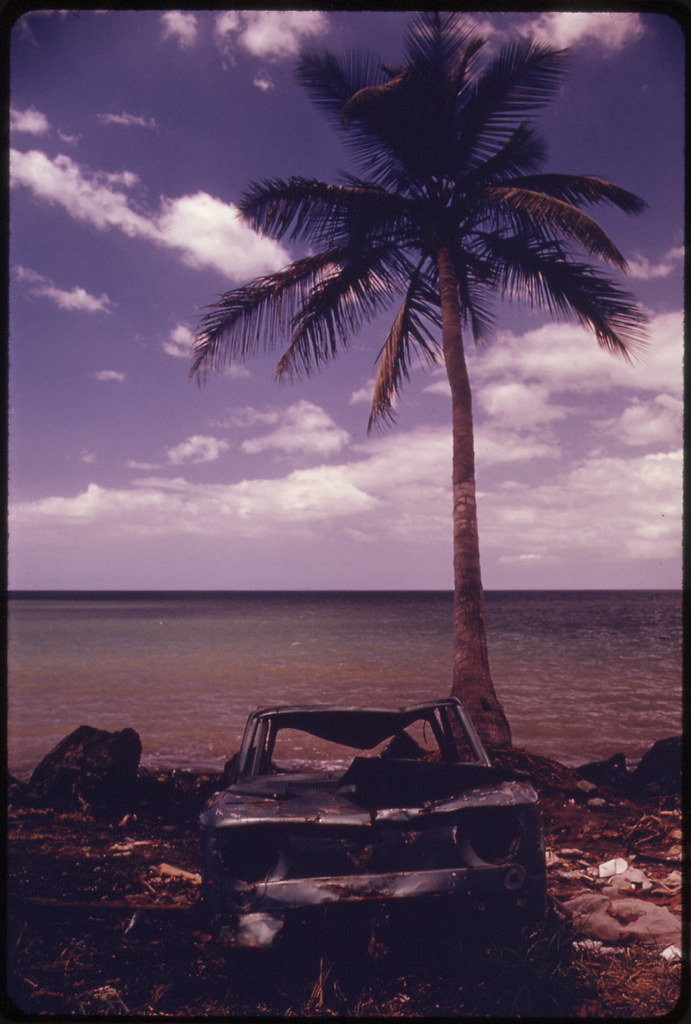
Abandoned car under a palm tree at Rincon, Mayagüez
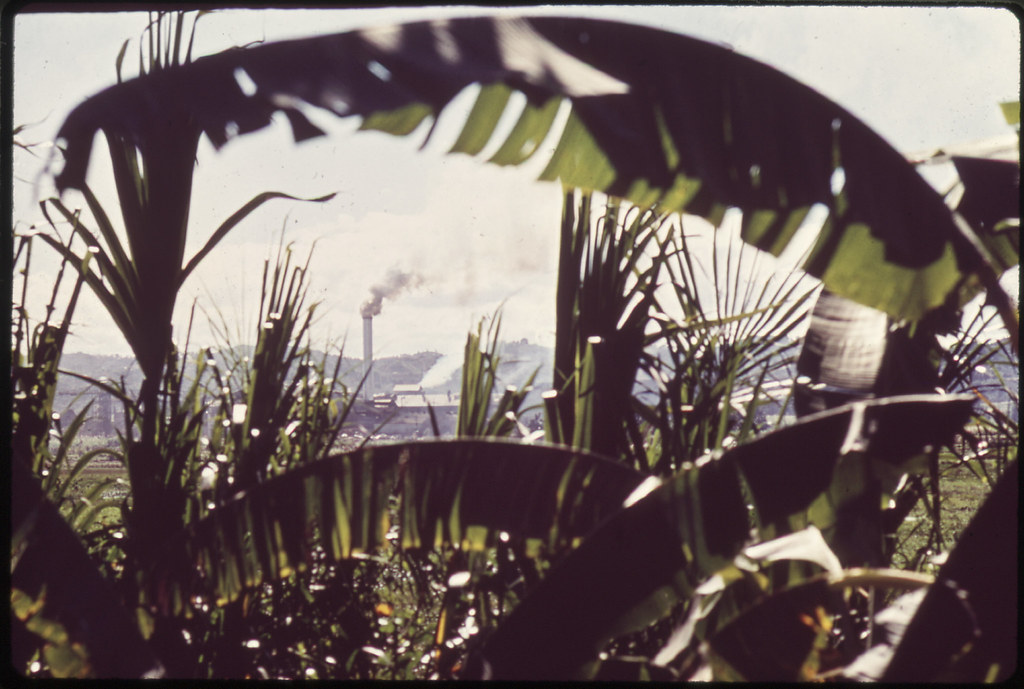
Sugar cane and refinery near Mayagüez
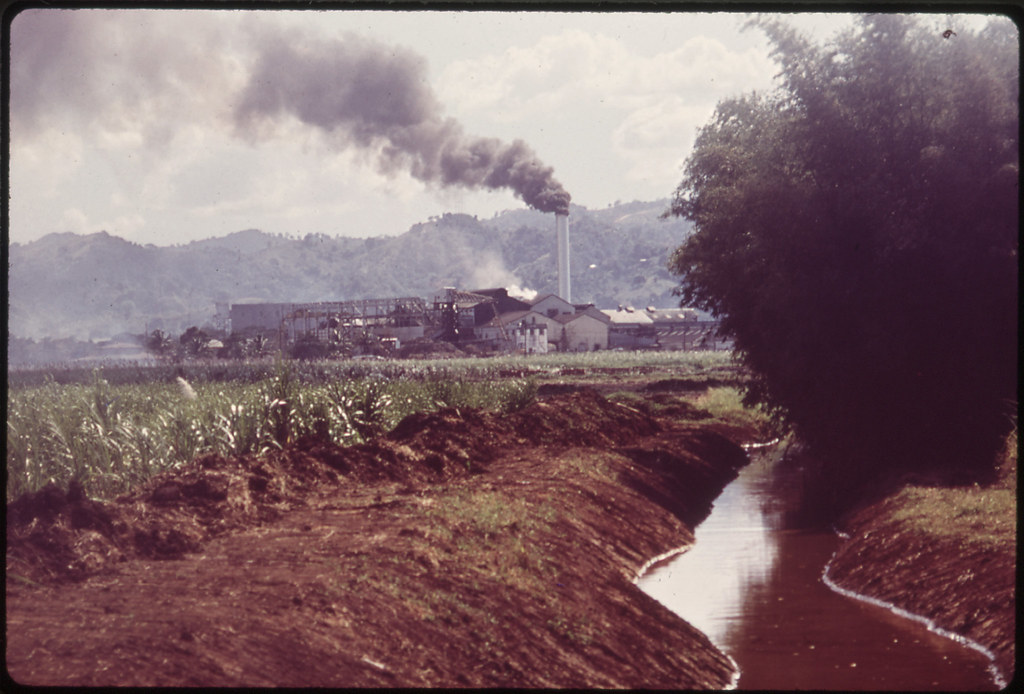
Sugar refinery, Mayagüez

Sugar refinery. Trucks bring in freshly cut cane, Mayagüez

Sugar refinery and drainage ditch
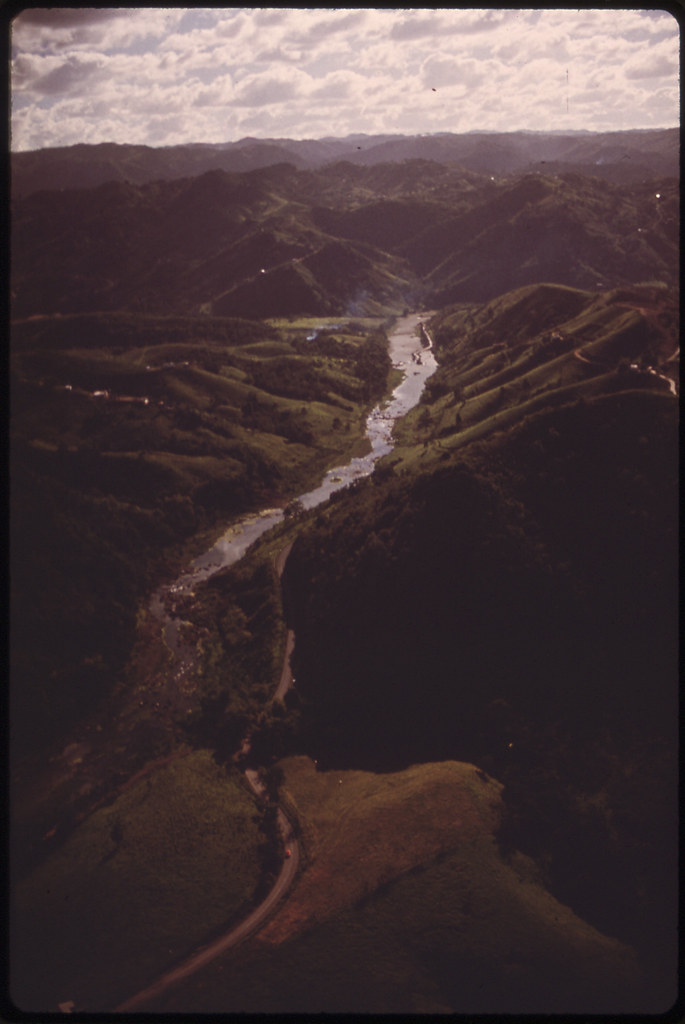
Guaynabo River south of San Juan
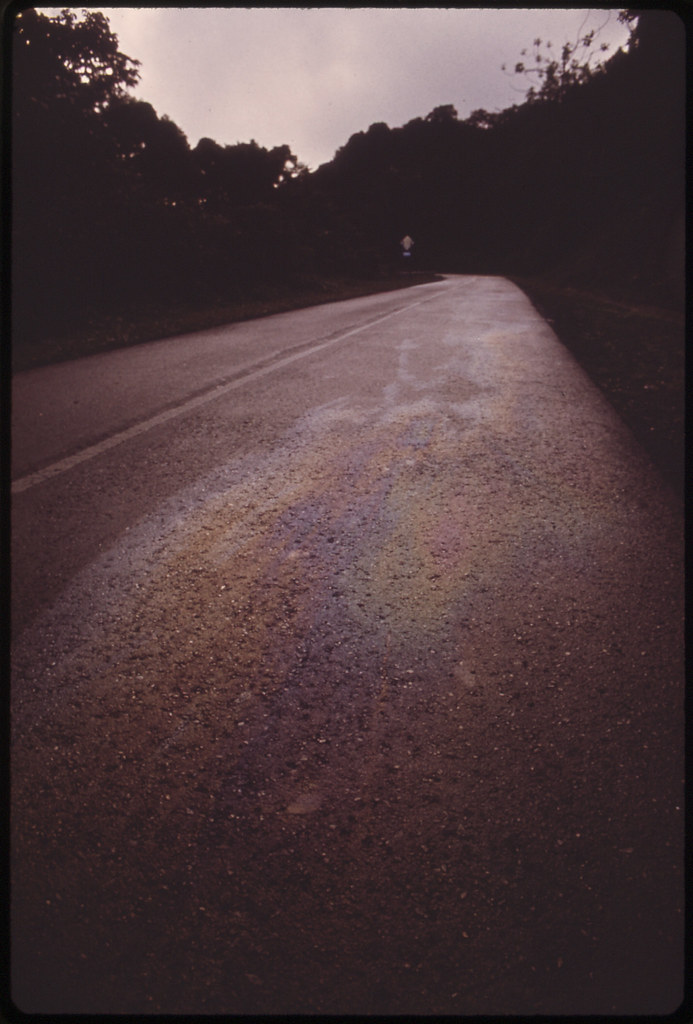
Road near San Juan

A farmer clears his land with a machete
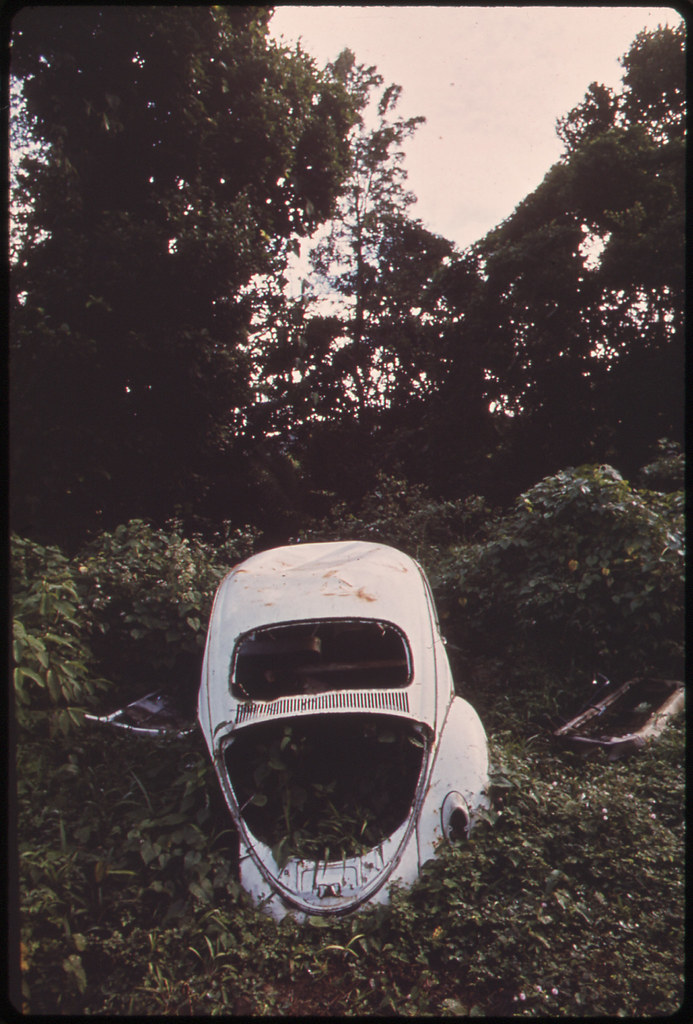
Abandoned car off highway in Rio Grande

Abandoned autos, near San Juan
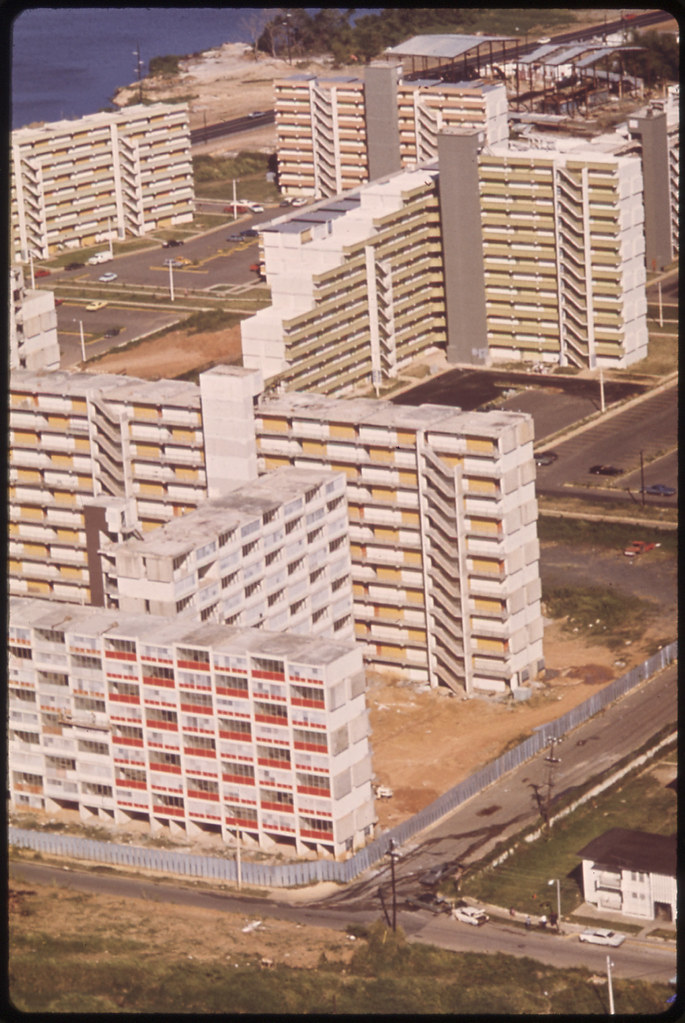
New apartment buildings, San Juan

New apartment buildings, San Juan
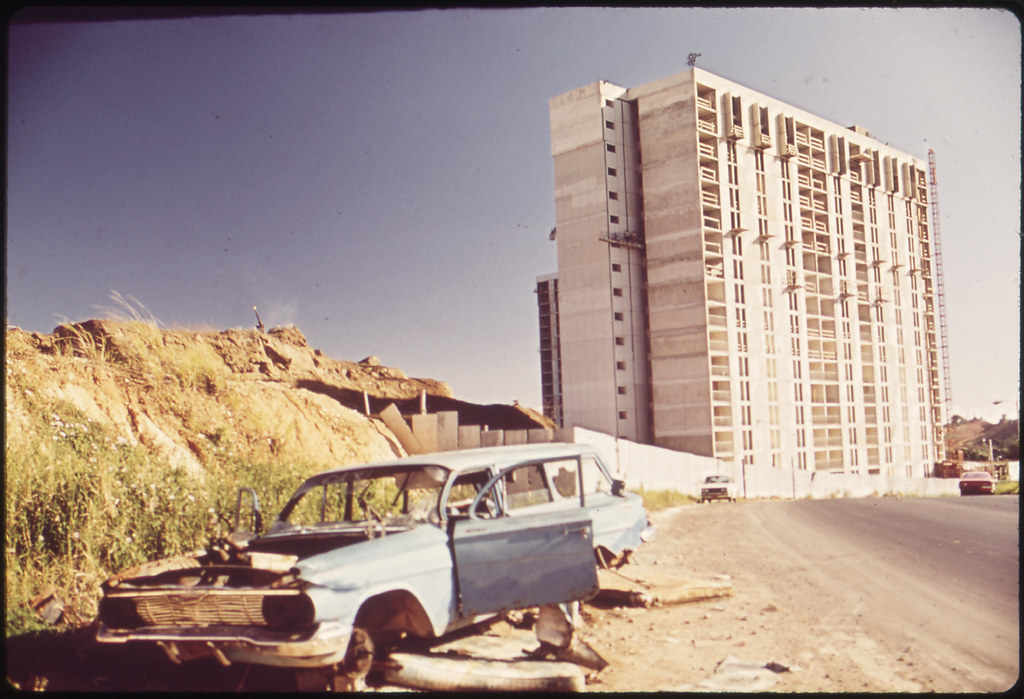
High rise apartments on southern outskirt of the city, San Juan

Father and son fishing on Isla de Cabras, San Juan

Smoking chimneys of a cement plant in industrial area of San Juan
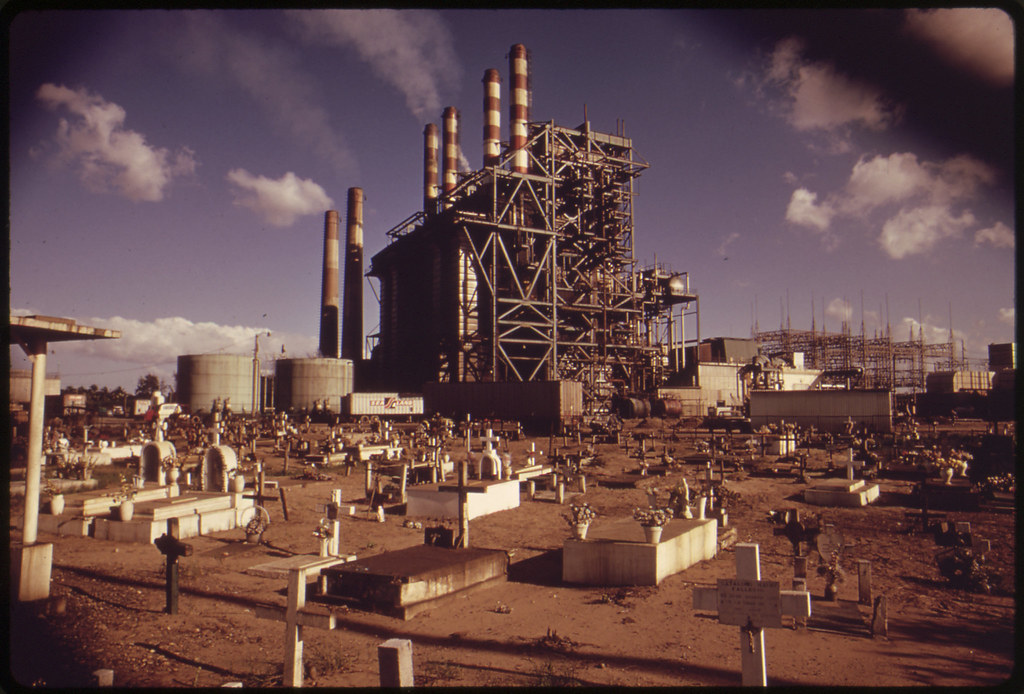
Palo Seco electric power plant across the bay from San Juan
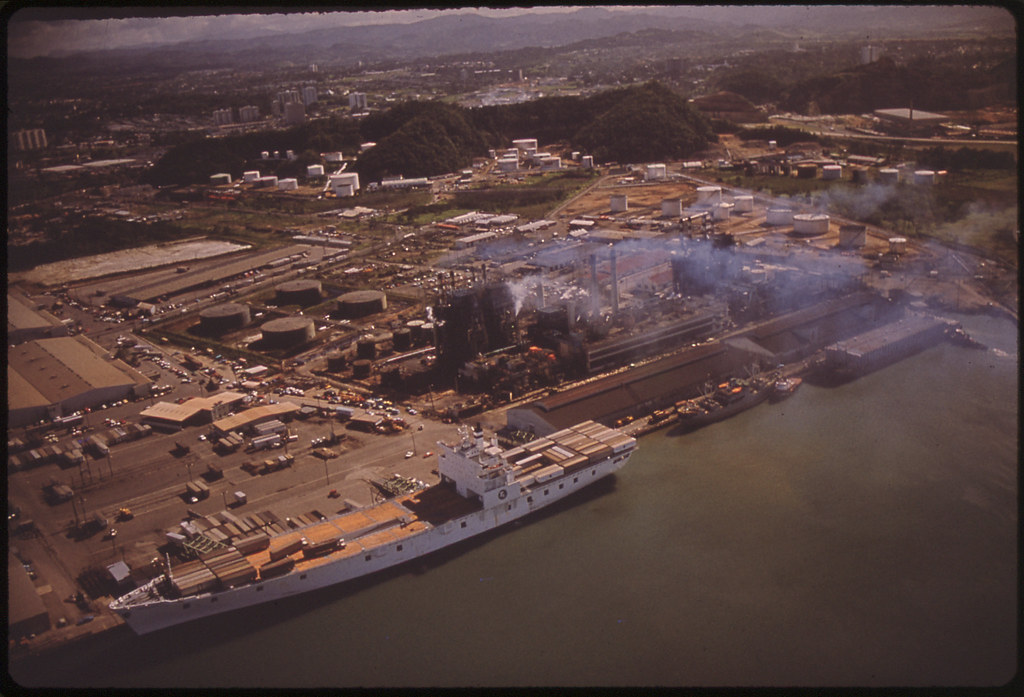
Catano industrial area, across the bay from Old San Juan
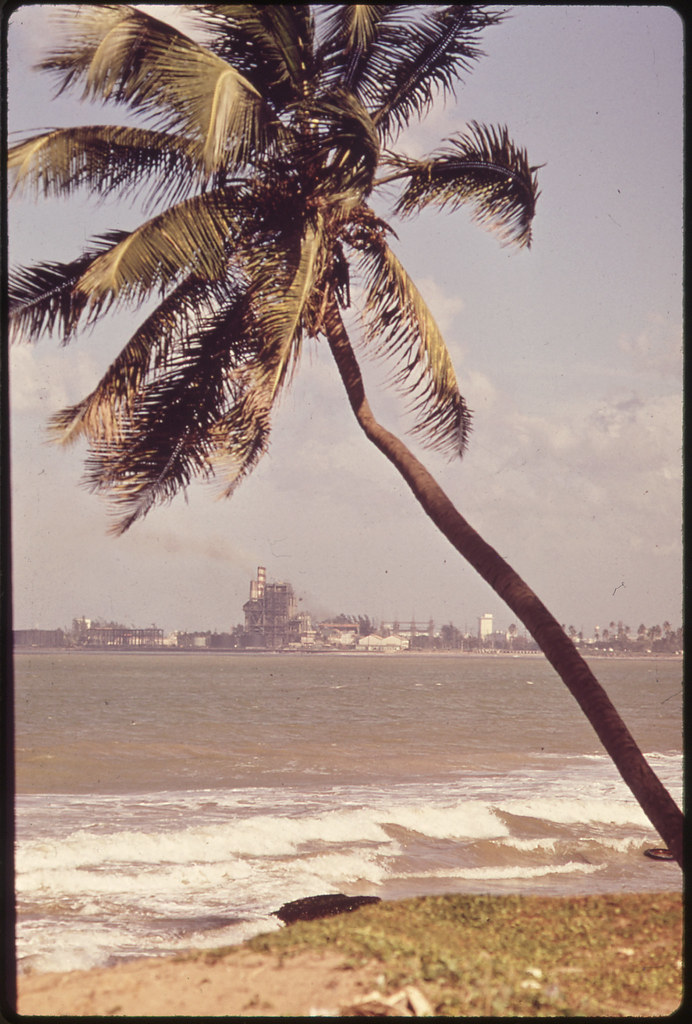
Palo Seco electric power plant in the background, San Juan

Reservoir dam under construction, south of the city, San Juan
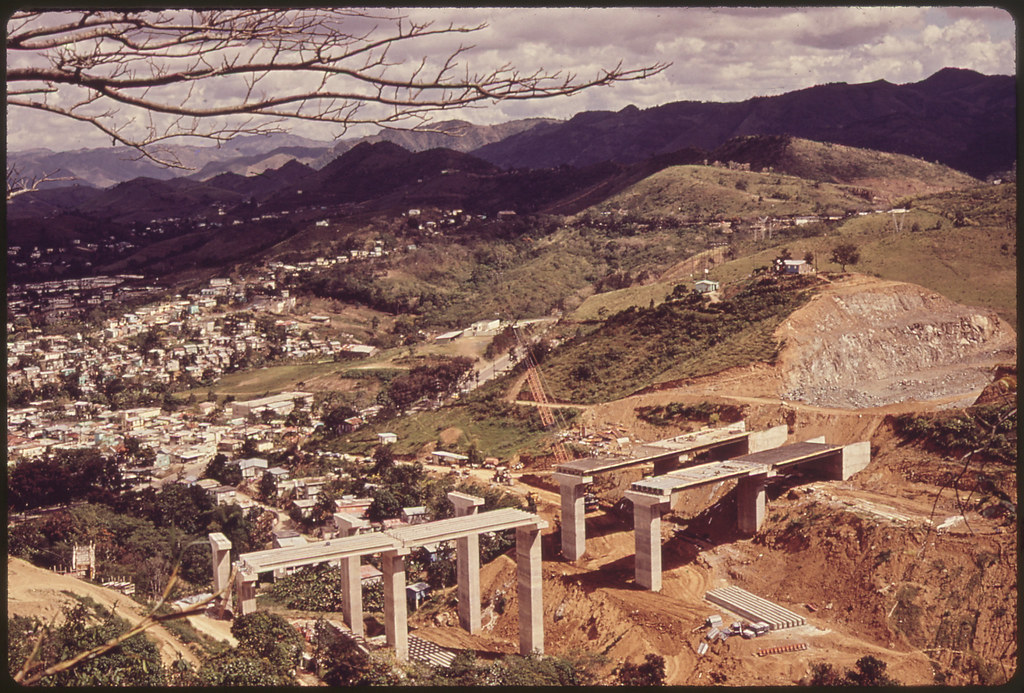
New toll road under construction between San Juan and Ponce; this section at Cayey

Aerial view of body of polluted water, Puerto Rico
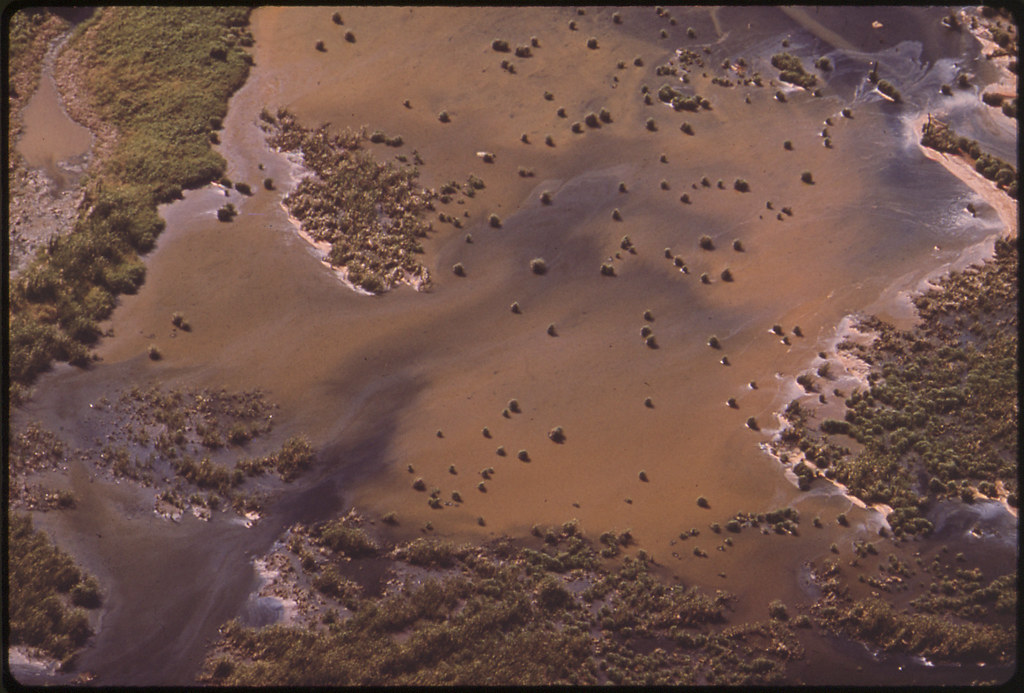
Aerial view of body of polluted water, Puerto Rico
Photos by John Vachon (1914-1975), February 1973, for the Environmental Protection Agency's Documerica project (US National Archives)



7 comments:
mucho gracious for this. it tricked and triggered a memory when my father would go down to puerto rico in the winter to work on his corn. i recall he couldn't find any food he liked. now isn't that trouble in paradise?
My eyes at first refused to make sense of those new apartment buildings. They seem so thin and hollow from a distance.
Tom,
Yes, "that imaginary place called Puerto Rico" -- comes alive in JV's beautiful Kodachrome glimpses. . .
2.20
light coming into sky above still black
plane of ridge, red-tailed hawk calling
in foreground, sound of wave in channel
yellowish tinged with black,
orange with blue hand
so that, thus brought forth
in this, then must be
grey of rain cloud against top of ridge,
drops splashing into grey green channel
Thanks, Tom, for researching and putting up this later Vachon. He still had the eye, right up to the last.
One of my fondest memories is of La Parguera, a tiny, remote fishing village (back then, anyway, mid Sixties) on the south coast. There was a motel with a dining room and bar built out over the water, where you could sit at night and eat red snapper and watch the shimmering, phosphorescent sea. ¡Bello y asombroso! Otro Borinquen.
Poverty and all those lures for tourists - always a troubling mixture. Vachon misses nothing here.
A history of the oppression and exploitation brought to the New World by Europeans would have no better paradigm than the story of this island, from the time Columbus found it and called it "a rich port" and nearly four centuries of slavery began, down through its acquisition by the US as a vast sugarcane plantation and, following the Great Depression, the implementation of a late New Deal plan called Operation Bootstrap, which created the new industries -- petrochemicals, then later pharmaceuticals, and always of course tourism -- with the attendant developments of a new middle class, awful environmental pollution, and the continuing impoverishment of the large majority of the island's people.
John Vachon was a great photographer, standing out from many other fine photographers by virtue of his unique understanding of the complex interrelations between people and the places in which they live and work.
Visiting at a critical point of transition from the old agricultural economy to the new industrial/tourist economy, he saw right through those "thin and hollow" high-rises, the latest stage sets of a grand historical deception in many acts.
Peligro yes but despite the dangers, some natives will always be more than willing to tap into and exploit a more musical, lucrative vein.
Post a Comment